
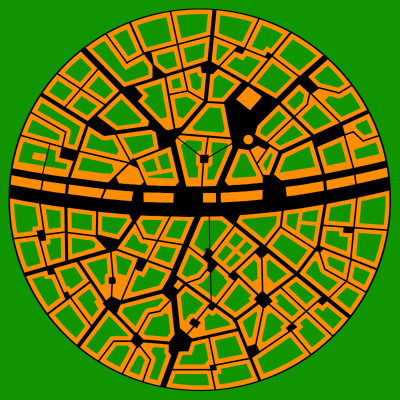
A slightly outdated version of the reference district design.
Note the small blocks, thin buildings, numerous squares,
and the many very narrow streets.
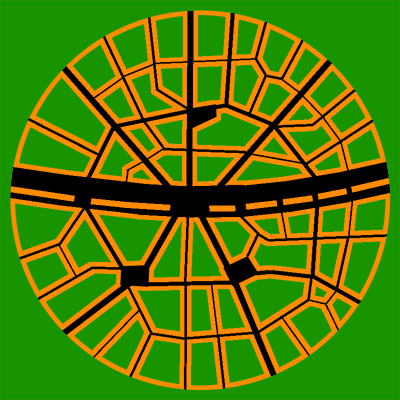
This district is less dense than the reference design.
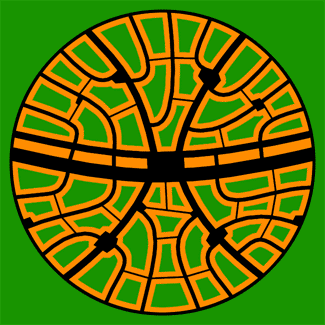
The is a smaller, denser district
suitable for downtown areas.
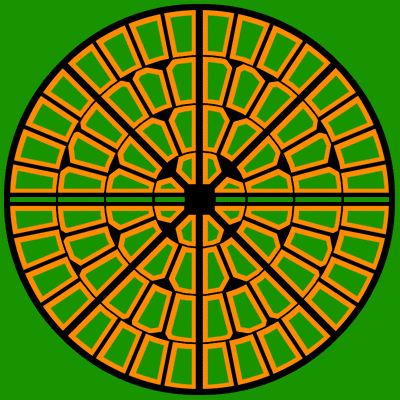
A rigid geometric pattern is appropriate to
more formal districts.
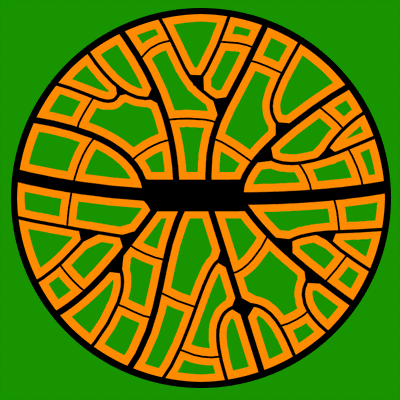
This district has a coarser scale.
Streets don't have to be straight.

This district is similar in character to
the reference district but completely different
in its details
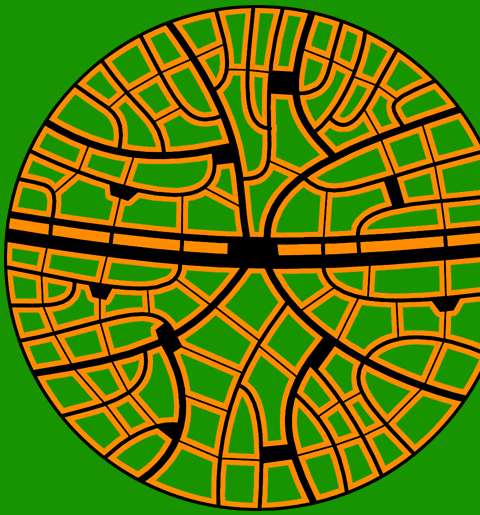
This district is larger than standard and therefore
fails to meet the 5-minute-walk criterion.
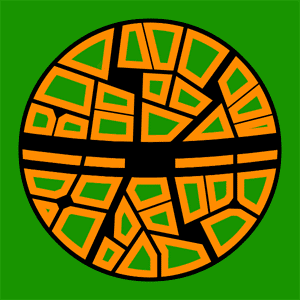
A small, very dense district with
larger buildings

Waterways can be brought into a district.
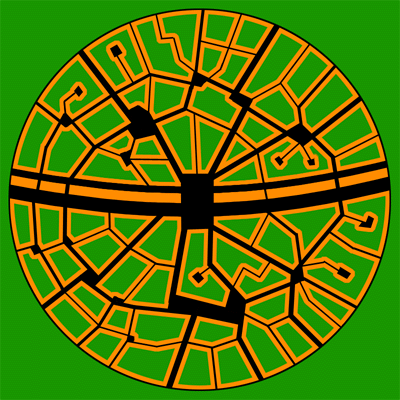
Cul-de-sac courtyards are an interesting form.

This circular canal system was inspired by the
arrangement of 17th century Amsterdam.

This design is based on a plan by Francesco di Giorgio Martini,
who pondered ideal city forms between 1451 and 1464.
The district plans above were drawn by Arin Verner and J.H. Crawford at
Crawford Systems in 1997. 


